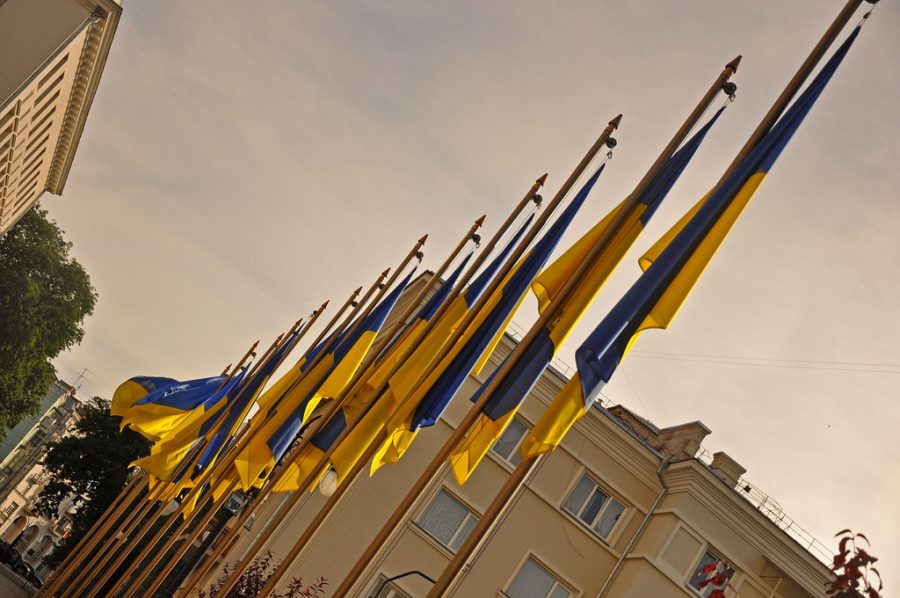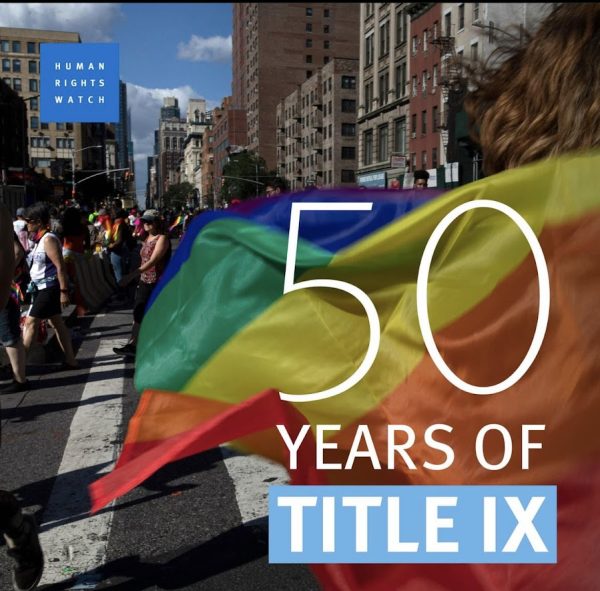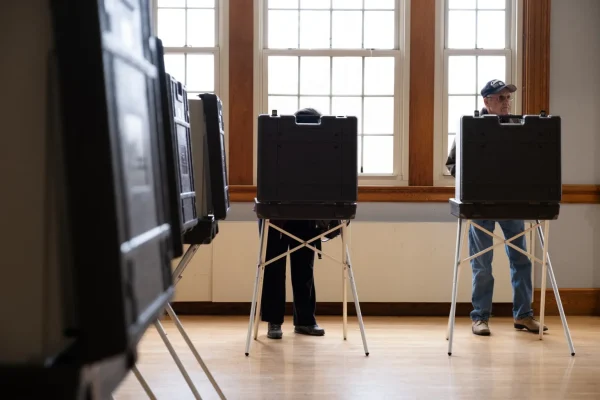An analysis of Russia’s possible invasion on Ukraine
Photo courtesy of Openverse/Anosmia.
A row of Ukrainian flags outside the House with Chimaeras, Kyiv, Ukraine.
Perspective
In October 2021, Russia began moving troops and military equipment towards their shared border with Ukraine, causing fears of a potential invasion. Satellite images from late last year showcased armor, military, and other heavy weaponry being brought to the border, bringing international attention to the crisis. As of Feb. 7, there are over 100,000 Russian troops stationed at the border.
According to U.S. intelligence, Russia has a war plan that envisions an invasion force of 175,000 troops that far surpasses that of Ukraine’s military, even with U.S.-provided training and equipment. Current intelligence reports described by White House officials assess that Russian President Vladimir Putin has not yet made a decision on whether or not to invade.
While this may sound concerning, Russia and Ukraine have been in conflict since 2014. During that time, Russia took control over Ukraine’s Crimea region, annexing the land after Crimeans voted to join the Russian Federation in a disputed local referendum. Over the years, the continued violence between Russian-backed separatists and the Ukrainian military has left over 10,300 people dead and injured more than 24,000, but no invasion has occurred thus far.
Now, concerns about the Russian invasion are dramatically increasing. While this could happen, Vladimir Putin’s vocalization against the North Atlantic Treaty Organization (NATO) expansion seems to be the root of recent military showcases along the border, not an invasion of Ukraine.
In mid-December 2021, Russia’s foreign ministry issued a set of demands, calling for a ban on Ukraine from ever becoming a member of NATO as well as a reduction in NATO troop numbers and military equipment throughout Eastern Europe. If these expectations are met, Russia has agreed to withdraw its military forces.
NATO and the U.S.rejected these demands, warning Russia of retaliation through economic sanctions and other assistance, if Ukraine was to be invaded. NATO suggested talks in other areas, such as limiting nuclear weapons.
These demands emphasize Russian interest in the global affairs and strength of NATO while indicating no intention of invading Ukraine. More likely, Putin has increased the size of their military forces along the border to create a rise in tensions. This ultimately leverages the situation to his advantage in order to have his demands satisfied.
On Feb. 4, Putin and Chinese President Xi Jinping announced their joint opposition against NATO expansion, further solidifying his interests in the matter.
At the same time, the U.S. said that Russia was planning a staged attack to justify an invasion into Ukraine. While this could still be a possibility, as Russia was accused of sending thirty thousand troops to Belarus on Feb. 3, Russia has criticized the accusation as “nonsense.”
No matter what Russia’s intentions may be, there are a number of international leaders taking steps to mitigate the conflict. President of France Emmanuel Macron met with Putin in the Russian capital, having been the first “high profile” Western leader to do so since tensions arose again in December 2021.
President Macron believes that a deal can be settled with Russia over Ukraine, further stating that Russia’s objective was “not Ukraine, but a clarification of the rules… with NATO and the EU.”






